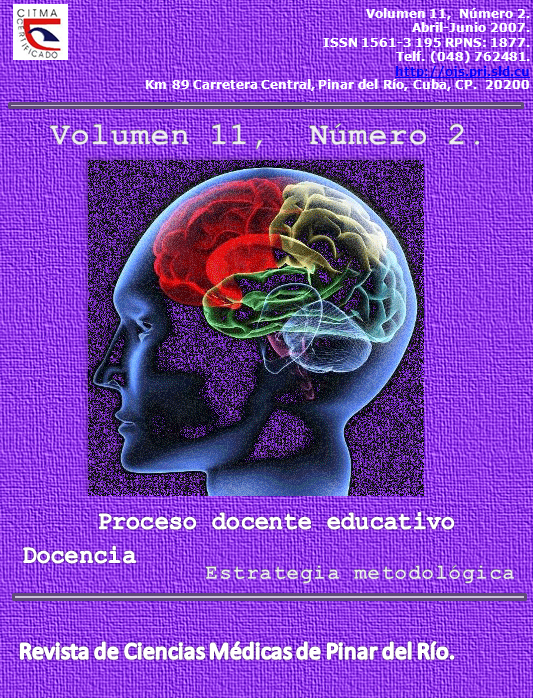El facilitador en la universalización de la enseñanza- The facilitator in the teaching universalization
Abstract
La educación cubana constituye un ejemplo para muchos países del mundo. Las transformaciones en la misma se caracterizan por proponer, a partir de la unión entre la teoría y la práctica, modelos pedagógicos que constituyen realidades para nuestro pueblo, mientras para otras lamentablemente ahora son sueños inalcanzables. Tal es el caso de la universalización de la educación superior y la municipalización que es relativamente nuevo. Se habla sobre algunas características del Modelo Pedagógico adoptado en la Universalización y sobre el papel del Tutor como elemento más novedoso en este Modelo, los atributos del tutor como esencia en la formación de los nuevos profesionales que trabajaran en nuestra sociedad. Para lograr la efectividad y buenos resultados debemos preparar un proyecto de acción tutorial individualizado para cada estudiante teniendo en cuenta sus características individuales.
Palabras clave: Enseñanza, Educación en Salud.
ABSTRACT
Cuban education is an example for many countries in the world. Its transformations are characterized by proposing, from uniting theory and practice, pedagogical models which are realities for our people, whereas for others, unfortunately, they are now unreachable dreams. Such is the case of the universalization in higher education and the municipalization which is relatively new. Some characteristics of the Pedagogical Model adopted and the Mentor's role as most novel element in this Model are approached, as well as the mentor's attributes as the essence in the formation of new professionals who work in our society. To accomplish the effectiveness and good results, we should prepare an individualized mentoral action project for each student, considering its individual characteristics.
Key words: Teaching, Health Education
Downloads
How to Cite
Issue
Section
License
Authors who have publications with this journal agree to the following terms: Authors will retain their copyrights and grant the journal the right of first publication of their work, which will be publication of their work, which will be simultaneously subject to the Creative Commons Attribution License (CC-BY-NC 4.0) that allows third parties to share the work as long as its author and first publication in this journal are indicated.
Authors may adopt other non-exclusive license agreements for distribution of the published version of the work (e.g.: deposit it in an institutional telematic archive or publish it in a volume). Likewise, and according to the recommendations of the Medical Sciences Editorial (ECIMED), authors must declare in each article their contribution according to the CRediT taxonomy (contributor roles). This taxonomy includes 14 roles, which can be used to represent the tasks typically performed by contributors in scientific academic production. It should be consulted in monograph) whenever initial publication in this journal is indicated. Authors are allowed and encouraged to disseminate their work through the Internet (e.g., in institutional telematic archives or on their web page) before and during the submission process, which may produce interesting exchanges and increase citations of the published work. (See The effect of open access). https://casrai.org/credit/



